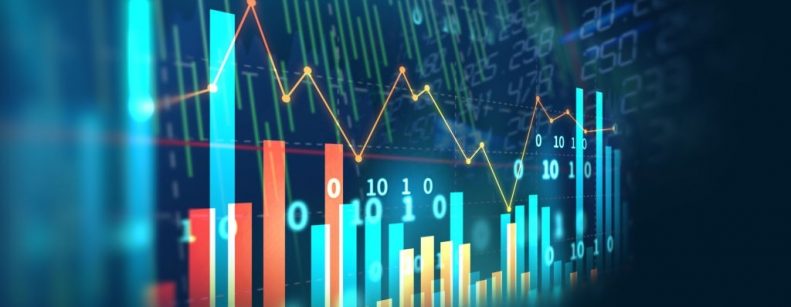
Let's first define which metric is the most appropriate to measure the value of a market in the long term. FYNSA has always argued that the P/B ratio is a reliable metric to analyze long-term perspectives, especially in scenarios of greater uncertainty such as the one we are currently experiencing in the local market. The P/B ratio could be defined as the installed capacity that will allow us to collect the average future earnings. If we look only at the returns dimension for local companies, the scenario looks quite favorable. An acceleration of world growth, commodities at maximum price levels (in nominal terms), favorable terms of trade, unprecedented monetary and fiscal stimuli explain a scenario of profit expansion not seen in the last ten years.
In a bottom-up analysis, analyzing the expected ROE (return on equity) of the companies comprising the IPSA, weighted by their weight in the index, we see that it is between 12-13%. Our analysis considers the low end of this range of returns and additionally projects a lower growth than theoretically implied considering the variables described above.
If it is not obvious to contrast the effect on earnings between a favorable global economic scenario and a potentially more hostile political environment for companies, how do we capture the greater uncertainty implicit in Chilean asset prices?
Our answer to this question is through the discount rate or "cost of equity" that the market uses to value the IPSA. Today Chile has a risk rating of A. We assume in the first instance an additional deterioration of the credit profile in the medium term, but without losing the investment grade, which, in practice, would be to approach Colombia's risk rating, which today is BBB-. Based on the above, we added to our estimate the higher cost of indebtedness that this deterioration in Chile's credit quality would imply today based on the levels that the CDS and international sovereign bond markets would demand from Chile considering these assumptions. The higher cost of indebtedness implied by our stress scenario for the local stock market is incorporated to the estimate of long-term equilibrium rates of our economics area and we additionally add the increase in the ten-year treasury bond rate based on the projection of the main global investment banks.
Incorporating all these variables, we arrive at an IPSA level of 4,530 points, consistent with a P/B ratio that is practically one standard deviation below the average of the last ten years.
This stress scenario that we model incorporates a potential increase of around 10% with respect to the current level of the IPSA. An additional and complementary question would be, what has the market done in the face of situations similar to the one experienced in Chile? The answer to this question could come from the Peruvian market. Peru's political and social situation is not exactly the same as ours, but it does have many similarities. Today, Chile trades at a 5% discount in terms of P/B (MSCI) with respect to Peru, when historically it has traded at a 20% premium.